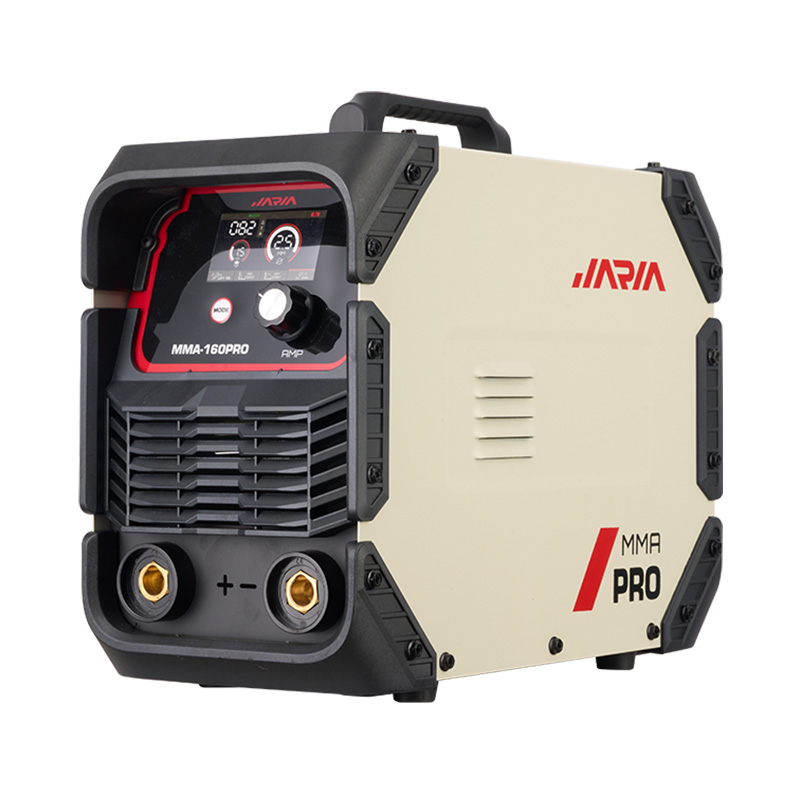In the world of metal fabrication and construction, the tools used can make a significant difference in efficiency, precision, and overall quality of work. Among the essential tools are plasma cutter welder, both vital for metalworking tasks. Understanding the differences between these two tools is crucial for professionals and enthusiasts alike to choose the right equipment for their projects. Let's explore the key distinctions between plasma cutter welders.
A plasma cutter is a tool used to cut through various conductive materials, including steel, aluminum, brass, and copper. It works by sending an electric arc through a gas, such as compressed air, creating a plasma jet that melts the metal and blows away the molten material, resulting in a clean and precise cut.
A welder, on the other hand, is used to join two pieces of metal together by melting them at the joint and allowing them to cool, forming a strong bond. Welders use various methods, including arc welding, MIG welding, TIG welding, and others, each with its unique characteristics and applications.
Key Differences
Plasma Cutter: Primarily used for cutting metal sheets, pipes, and other shapes with precision and speed.
Welder: Used for joining metal pieces together through fusion, creating strong and durable bonds.
Plasma Cutter: Cuts metal by melting it with a high-temperature plasma arc and blowing away the molten material.
Welder: Joins metal by melting the base metals and adding a filler material, if necessary, to create a bond.
Plasma Cutter: Ideal for tasks that require precise cutting, such as fabrication, metal art, automotive repairs, and construction.
Welder: Used in a wide range of industries and applications, including construction, manufacturing, automotive, shipbuilding, and repair work.
Plasma Cutter: Can cut through various conductive metals of different thicknesses, making it suitable for a wide range of materials and applications.
Welder: Offers versatility in joining different types of metals and thicknesses, depending on the welding method and equipment used.
Plasma Cutter: Provides high precision and accuracy, making it ideal for intricate cuts and detailed work.
Welder: Requires skill and expertise to achieve precise and consistent welds, particularly in complex joints and positions.
Plasma Cutter: Generally faster than traditional cutting methods, allowing for efficient production and project completion.
Welder: Welding speed can vary depending on the welding process, joint configuration, and material thickness.
Plasma Cutter: Typically more expensive than basic welding equipment due to the complexity of the technology involved.
Welder: Costs vary depending on the type of welding process and equipment, with some methods being more affordable than others.
Plasma Cutter: Requires proper eye protection and ventilation due to the intense light and heat produced during cutting.
Welder: Safety precautions include wearing protective gear, such as welding helmets, gloves, and clothing, to prevent exposure to sparks, heat, and UV radiation.
Conclusion
While both plasma cutters and welders are essential tools in metalworking, they serve distinct purposes and have specific advantages and limitations. Understanding the differences between these two tools is essential for selecting the right equipment for a particular task or project. Whether cutting intricate designs with precision or joining metal pieces with strength and durability, plasma cutters and welders play indispensable roles in modern metal fabrication and construction industries.

 英语
英语 西班牙语
西班牙语 阿拉伯语
阿拉伯语







